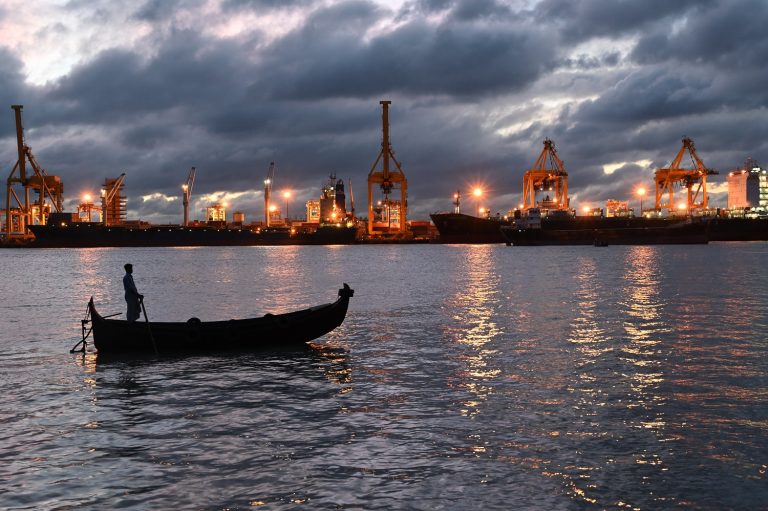global supply chains are being battered by fresh covid surges

Asia’s renewed surge in Covid-19 infections is compounding supply-chain blockages across the world’s biggest source of manufactured goods. After weathering earlier pandemic waves better than other regions, the fast-spreading delta variant has thrown into turmoil factories and ports in countries that were once among the most successful containing the virus.
The snarls in Asia — where the United Nations estimates around 42% of global exports are sourced — risk twisting their way through global supply chains just as shipments would usually ramp up for the Christmas holiday shopping season. As earlier snags have shown, problems that start in Asian ports can ripple slowly, showing up later as delays in places like Los Angeles or Rotterdam and higher prices for consumers. The flare-ups also worsen an already tortured year for exporters, with shipping costs sky-high due to a shortage of containers and as raw materials such as semiconductors become pricier and difficult to source amid red-hot demand.
“Delta is likely to significantly disrupt trade in Asia,” said Deborah Elms, executive director of the Singapore-based Asian Trade Centre. “Most of the markets have been fortunate in managing Covid well so far. But as Covid continues to spread, this lucky streak is likely to end for many locations.”
In a sign of those concerns, oil prices extended declines at this week’s opening in Asia as the delta variant’s spread has undermined the outlook for global demand. In China, the world’s third-busiest container port was partly shut recently, while in Southeast Asia — among the worst-hit regions — factory executives have stalled production of electronics, garments and scores of other products. At stake is an export boom that shielded trade-driven economies during the pandemic and was expected to fuel a broader rebound. The World Trade Organization had forecast Asia to lead an 8% rise this year in global goods trade. Meanwhile, the supply choke will fuel concerns that rising inflation for Chinese producers or U.S. consumers will prove more than transitory, testing expectations among policymakers for a near-term cooling in prices.
The delta variant — as contagious as chickenpox — infiltrated China’s tough border defenses, seeding the first cases for months in places like Beijing and Wuhan. Indonesia is leading Southeast Asia in cases and deaths, pushing the region toward being among the worst-hit globally as vaccination rollouts lag. While China’s cases are relatively low, its zero-tolerance approach has ensnared the Meishan terminal in Ningbo-Zhoushan port, where all inbound and outbound container services were halted Wednesday after a worker became infected. That shutdown follows the closure of Yantian port in Shenzhen for about a month after a small outbreak, which had ripple effects for international shipping. In Southeast Asia, manufacturing managers saw a slump in activity last month as critical exporters struggled to keep factories running, a sign that Covid might finally be making a dent in the region’s resilient trade.
While Indonesia, Malaysia, the Philippines, Vietnam and Thailand account for a combined 5.7% of global exports, they can greatly impact bigger economies like the U.S. and China, particularly in electronics, according to estimates by Natixis. China imports 38% of its data processing machines and 29% of its telecommunication equipment from the five countries, while the U.S. depends on half its semiconductor imports from the bloc. That extends to export hubs of Japan and South Korea, which have remained mostly on track. Samsung Electronics Co., for instance, last month said revenues in its mobile phone business have been hit by the outbreak in Vietnam.

